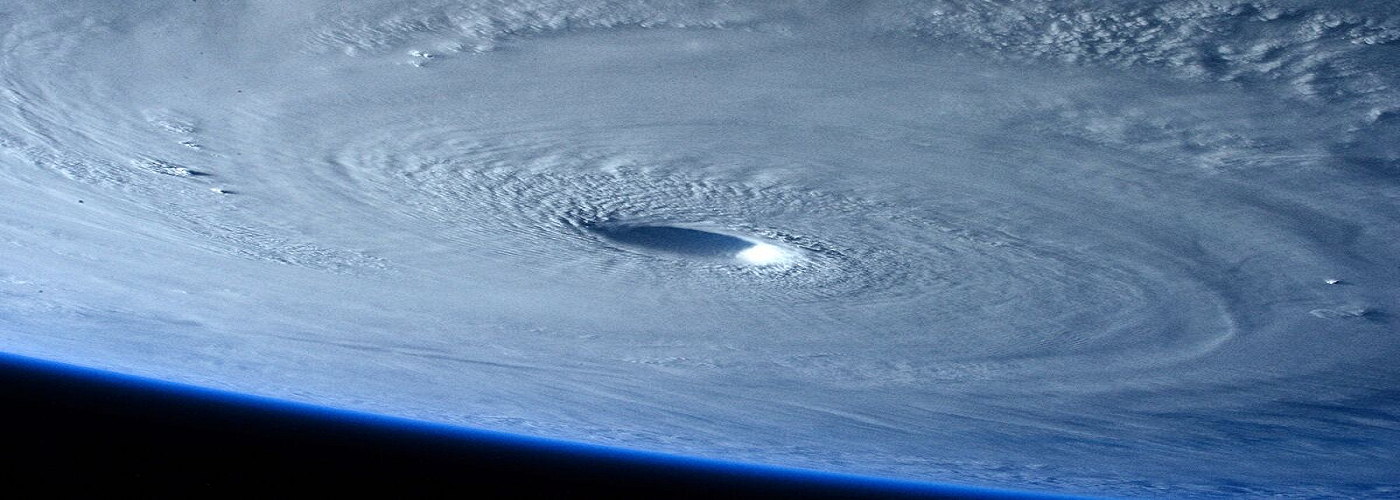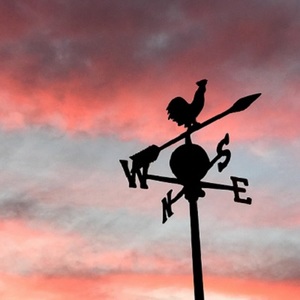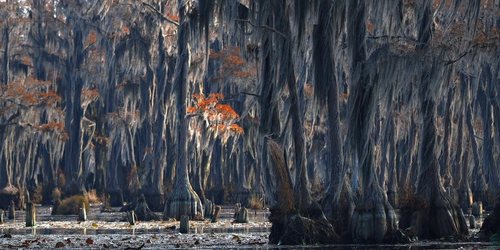

Whether viewing a satellite animation of a mid-latitude low pressure system or a full blown hurricane, the counterclockwise circulation that is observed can be an awe-inspiring sight. In order to understand what forces create the spiraling bands of cloud cover around these systems, we must look into the physics involved.
The development of low pressure at the surface begins this process. Surface pressure is essentially a measurement of the weight of the air above any given point. In order for a low pressure center to develop, air from aloft must be removed over a specific region. Once enough air above the surface has been removed, a low pressure center forms. Because air naturally flows from high to low pressure, the air to the outside of the low accelerates inward towards its center. This is known as the pressure gradient force. If this were the only force acting on a low pressure system, no counterclockwise spin would occur. The reason that the air begins to rotate around the low is due to the force brought on by the Earth’s rotation. This force is known as the Coriolis force. To get an idea of how this force works, think of what happens if you try to draw a straight line from south to north on a globe that you have spun into motion. Instead of your line being straight, it would veer to the right or left (a demonstration of the Coriolis force can be viewed in this short video). In weather, this force acts to deflect the air seeking the center of a low pressure system to the right in the Northern Hemisphere, and to the left in the Southern Hemisphere. This disparity is what causes hurricanes and low pressure systems to rotate clockwise in the Southern Hemisphere and counterclockwise in the Northern Hemisphere.
The Coriolis force is present everywhere on Earth except along the Equator. This is why it is impossible for a hurricane to develop along and five degrees north and south of the Equator. One funny misconception involving the Coriolis force is that the water in a sink or toilet will drain clockwise or counterclockwise depending on what hemisphere you are in. This is untrue, as the Coriolis force is only impactful on large-scale systems. Factors such as the shape of the basin and the direction in which water enters it overshadow any impact the Coriolis force would have.






